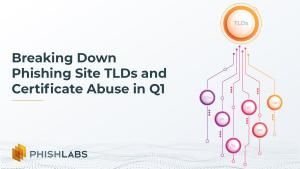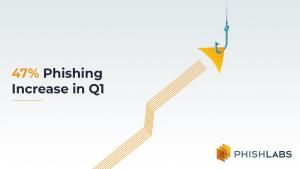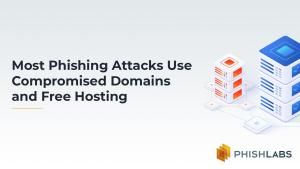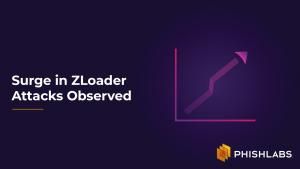Blog
Breaking Down Phishing Site TLDs and Certificate Abuse in Q1
Thu, 06/24/2021
Cybercriminals continue to heavily abuse domains to launch phishing attacks. PhishLabs’ analysis of Q1 phishing attacks has found that:
96% used Legacy Generic (gTLD) or Country Code (ccTLD) Top-level Domains
Almost 83% abused HTTPS
Domain Validated (DV) Certificates were used 94.5% of the time
For this analysis, PhishLabs looked at three categories of TLDs: Legacy gTLDs, ccTLDs,...


















